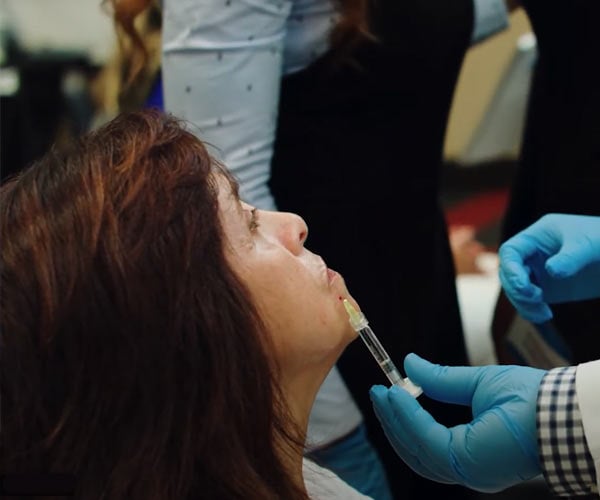Front Office Training — What It Means for Your Aesthetics Practice
By Dr. Stephen Cosentino
PRESIDENT OF EMPIRE MEDICAL TRAINING
Your aesthetics practice’s front office team members don’t inject fillers or remove unwanted body hair.
Yet the people who staff your front desk are just as important as your patient care team. They’re the face of your practice — the first people to greet patients as they arrive and the last to wish them well as they depart. If they’re not set up for success, neither is your practice.
That’s why effective front office training is a crucial component of aesthetics practice management. Read on to learn:
- Why your practice must invest in front office training
- How to onboard administrative assistants and other front office staff
- How to maintain high standards of receptionist training amid staff turnover
- How to incorporate soft skills training that improves the quality of patient interactions and overall customer service
Objectives of Front Office Training
Whether you’re investing in in-person or online training for front office staff, you probably have clear goals in mind. You want to:
- Reduce last-minute cancellations and no-shows. Every last-minute cancellation or no-show is a lost revenue opportunity. Well-trained front office staff can help reduce their incidence.
- Provide a predictable experience for new patients. You want your practice to be known for a laser focus on patient needs, not inconsistent support staff.
- Ensure smooth patient intake and follow-up. Efficient patient intake is critical for a practice’s day-to-day workflow. Your front office team should know how to onboard new patients and manage existing ones.
- Send off patients on a positive note. Everyone appreciates good customer service. With a friendly yet efficient sendoff — including payment collection if required — patients are more likely to return.
- Support billing, coding, and other administrative functions. In smaller practices, front office staff may wear many different hats. At a minimum, your team should be ready to support your billing and coding teams while taking on other administrative duties as needed. If you’re running lean, your front office team might have more responsibility for these processes.
What Should Front Office Training Programs Cover?
The best aesthetics front office training programs are comprehensive. Look for multi-part courses that cover:
- Relevant terms and concepts. Front office staff need to speak their providers’ language. Comprehensive front office training should provide clear definitions of the technical terms and concepts they’re likely to encounter.
- Patient scheduling and schedule management. Front office staff must be familiar with practice scheduling software and general best practices for scheduling patient appointments — that’s non-negotiable.
- Patient intake. Front office staff are responsible for processing new patients. They distribute, collect, and input patient intake forms; update patient information as needed; and coordinate with the care team as necessary.
- Treatment coordination. In many aesthetic and medical practices, front office staff are responsible for coordinating the non-medical aspects of patient treatment plans, including payment.
- Basic billing and coding processes. Depending on the practice, front office staff may have some responsibility for treatment coding, billing, and other payment- and insurance-related processes.


